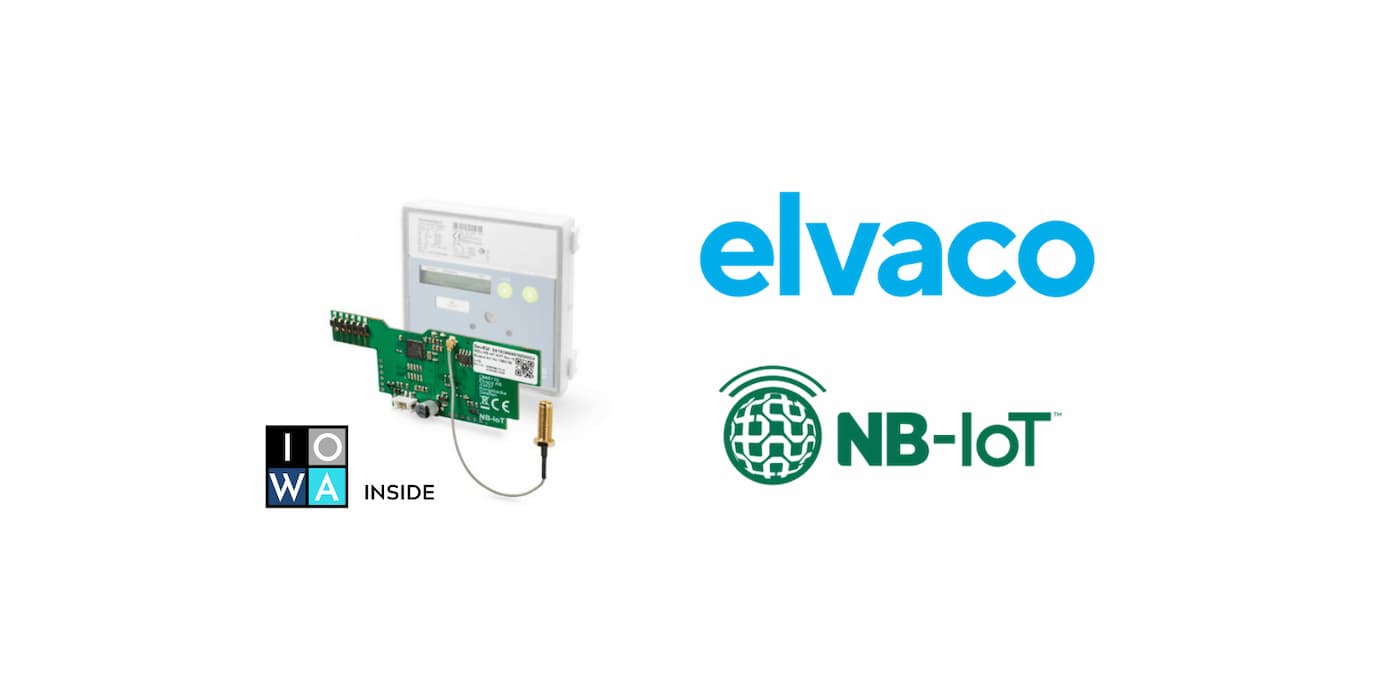How Device Management Reduces IoT Costs?
How lean can you go is a common theme for smart metering, smart lighting, logistics, and other massive IoT solutions. From device cost to bytes per message to security practices to energy-efficiency, examining every last detail is necessary when “success” comes down to controlling costs.
At its most fundamental level, device management is about unlocking functionally and controlling costs. That is why bringing LwM2M 1.1 device management to 8-bit MCUs is so interesting.
Combining device management with 8-MCUs pairs important functionality with sub-two-dollar devices capable of supporting many use-cases.
Price versus cost
Massive IoT deployments are significant investments.
Organizations want devices that can do the job of staying in the field for a decade-plus at the lowest cost possible. Device price is an obvious criterion, but less appreciated are the costs incurred once deployment begins.
Three common challenges device management addresses are:
- Updating security credentials when a device arrives from the factory or behaves atypically.
- Changing data reporting frequency, adding data objects, or changing functions.
- Providing over-the-air firmware updates over challenging networks to constrained devices.
A simple, cold calculus governs massive IoT. Essentially the longer the device can stay in the field needing the fewest resources, human, battery, or otherwise, the better the cost-basis, or the real solution “price.”
When each penny counts, concepts like zero-touch field service and the ability to support remote devices require exacting forethought.
Developer-Centric Services
Developers are a costly constraint for many organizations. To address this, organizations should prioritize ease-of-programming, common development tools, and standards.
Remember, these projects have lifespans of ten plus years. One developer should be able to continue the work of another without becoming a specialist. Reducing development barriers and associated costs requires having structured, documented, easy-to-understand services usable via common developer tools.
Below is an example of how a developer can create a firmware update with just five lines-of-code using our implementation of LwM2M.
Code sample for creating an over-the-air firmware update.
iowa_init()
iowa_client_configure(“ClientName”)
iowa_client_add_server (“ServerURI”)
iowa_client_firmware_update_configure(
downloadCallback,
writeCallback,
updateCallback);
LOOP
iowa_step()
END LOOP
iowa_close()
Standards: Future-Proofed IoT Business
Back to the “price” or the more preferable “cost” term.
Massive IoT projects have long lifecycles. Change management is strategic. It is not hard to imagine device manufacturers coming and going, companies being purchased or disappeared, new technologies disrupting the status quo, or development teams evolving. Surely, if nothing else, opportunities and challenges will need to be addressed and solutions updated.
In the increasingly digital world of industry 4.0, change may be the only constant.
Device Management standards like LwM2M help future-proof solutions by integrating new technologies and best practices.
Conclusion
If we perceive IoT’s product as data and improved operational efficiency, then the fewer resources needed to accomplish these tasks, the clearer the business case.
8-bit MCUs provide IoT solution functionality at an attractive price-point. Adding, device management base on standards like LwM2M addresses important operational cost issues beyond device price.
To learn more
Register to receive IoTerop’s Smart City webinar with content partners Itron, Transforma Insights, and 1nce to hear about these issues and more.
About
Stephen Lurie is a marketing manager for IoTerop. IoTerop provides disruptive, LwM2M compliant device management solutions. IoTerop co-founder David Navarro is an Open Mobile Alliance SpecWorks board member and contributor since 2011.


